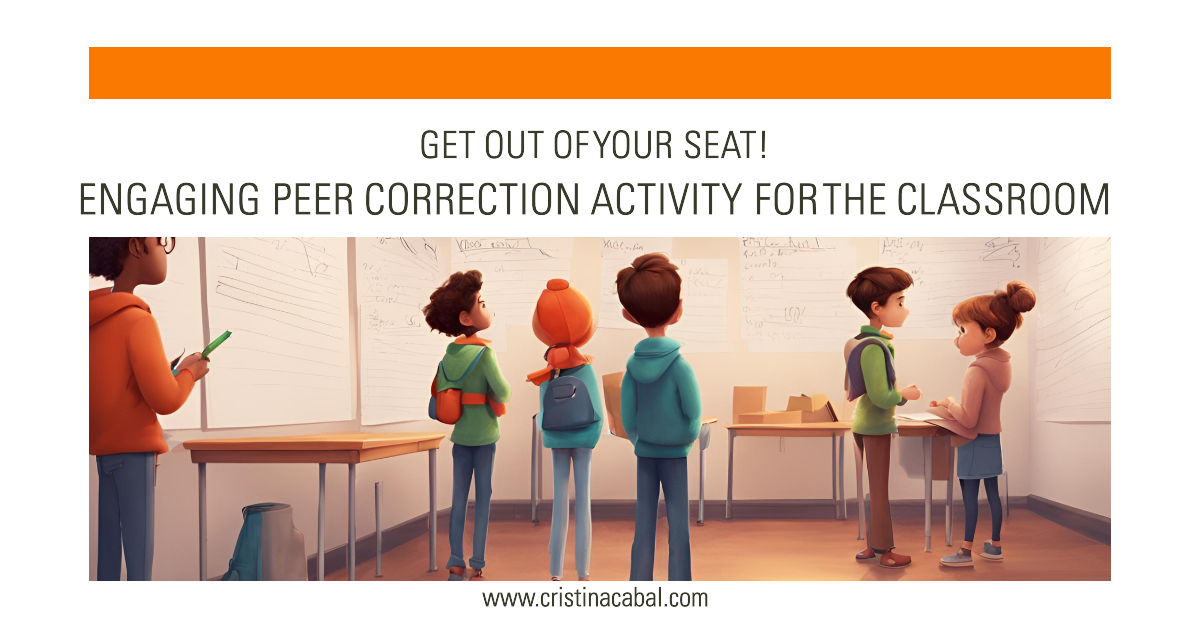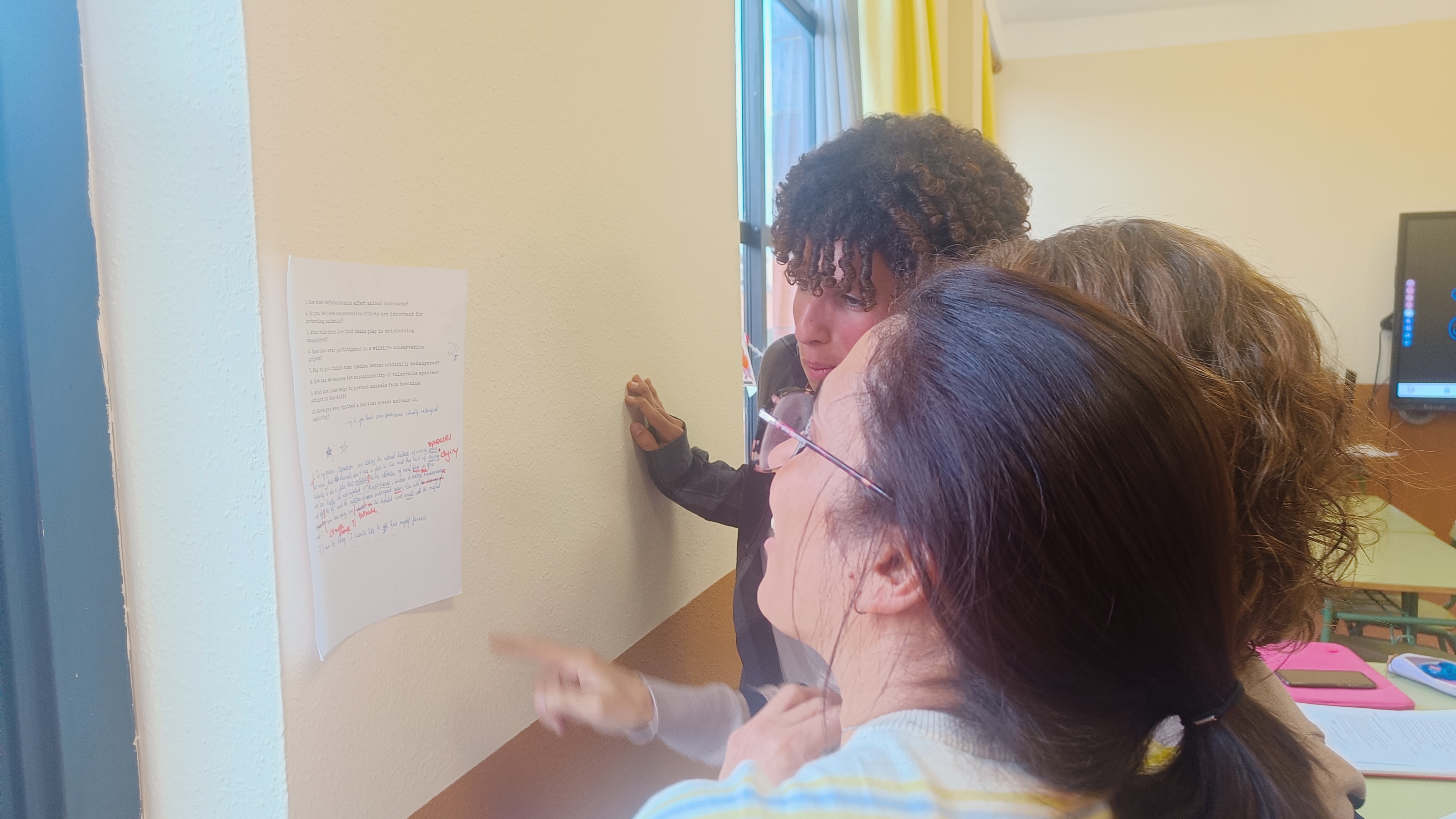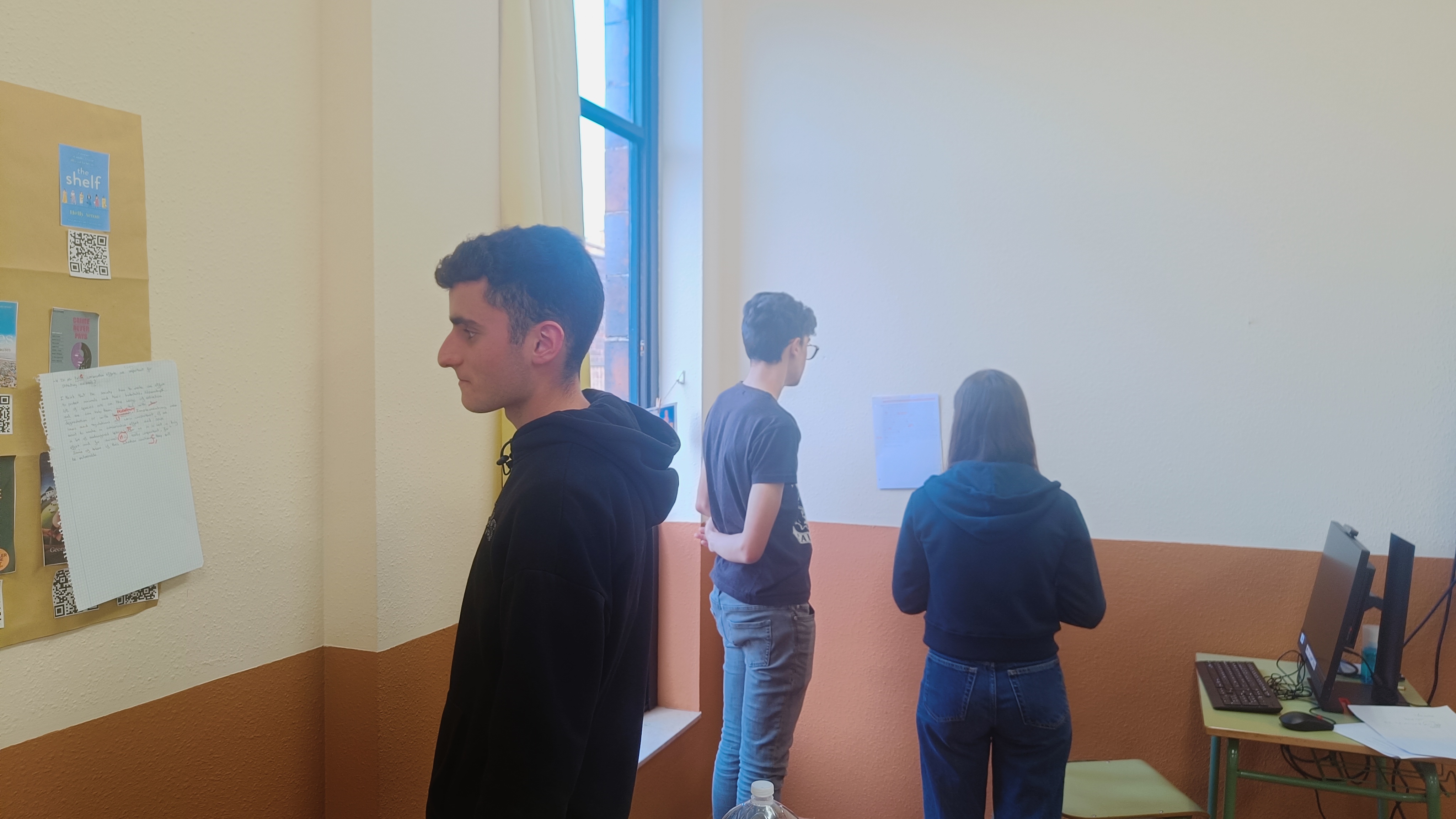One of the best things in life is loving what you do, and I have been very lucky in that respect.
Can you guess? I have 33 years’ experience under my belt (OMG, am I that old?) and when I started, we could only teach with a textbook and a chalkboard. Computers in the classroom? Not found! And guess what? I had a blast with just those! So, I am not going to tell you to ditch the book altogether, I am going to suggest blending it with a bit of tech.
Back to my story: After some years, cool educational apps started popping up. But though I tried and used lots of websites and created tons of digital activities, using them was never enough for me, so I used them, yes, absolutely, but in such a way that allowed me to combine traditional teaching and these new fancy tools to add colour and modernize teaching. Guess what? I realized that incorporating those new apps only added to my lessons.
And now all the fun is Artificial Intelligence. And I have hopped on board, too! Let me tell you; if I can do it, you can do it too. Let me guide you through blending tech into your lessons for maximum fun, both for you and your students. Check my new catalogue full of AI workshops. ‘Cause trust me! AI isn’t going anywhere—it’s here to stay and you, as a teacher, cannot be left behind. It’s not just learning about AI apps and productivity, though – it’s about learning how to integrate AI seamlessly into your lessons
So, what are you waiting for? Check out my workshops and get ready to level up your teaching game with AI.
https://ccd.my.canva.site/iacabal
Oh, and don’t forget to check out the little goodbye video I made for my students using 5 or 6 very easy AI technologies. I loved creating it, and I’m pretty sure they did too, but who needs confirmation when you’ve got laughter in the air, right?






